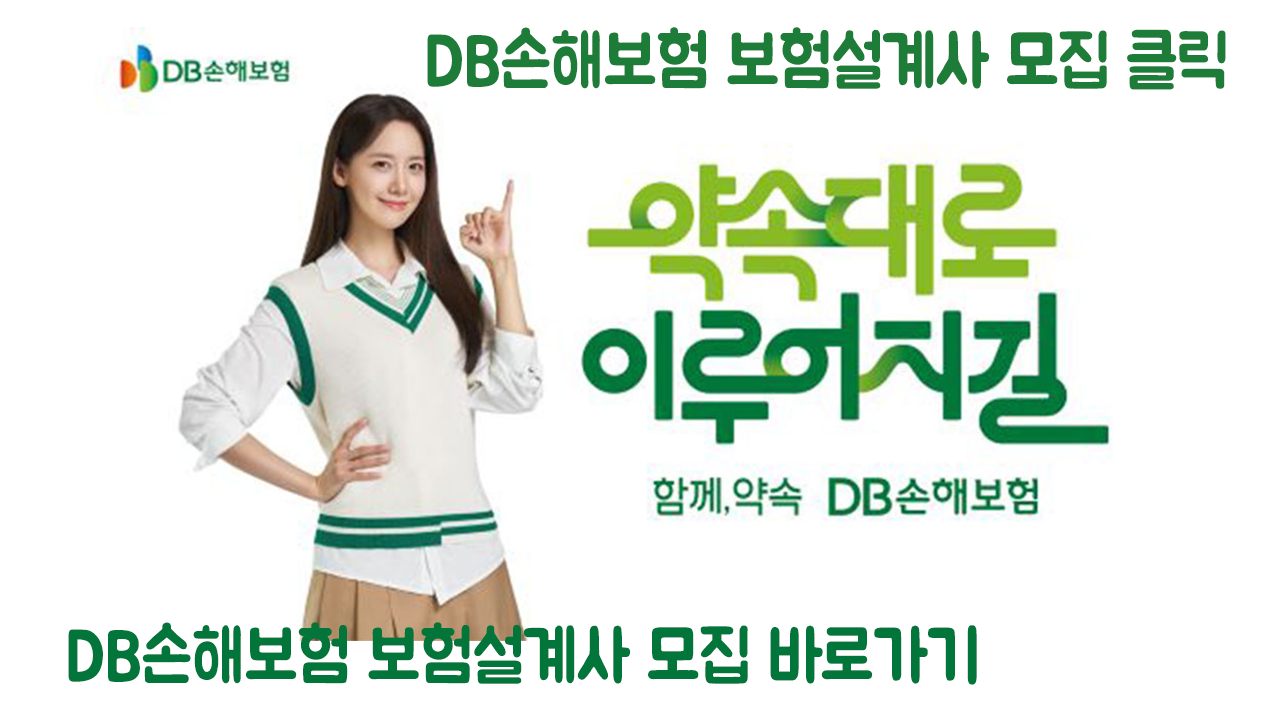Republic of Korea on July 20th: Monsoon Season, Culture, and Economic Activities
작성자 정보
- HUB 작성
- 작성일
컨텐츠 정보
- 809 조회
- 목록
본문
이 포스팅은 쿠팡 파트너스 활동의 일환으로, 이에 따른 일정액의 수수료를 제공받습니다.
Republic of Korea, July 20th
July 20th in the Republic of Korea continues to fall during the peak of the summer monsoon season, or "jangma," and is deeply intertwined with the country's agricultural, cultural, and social activities. The monsoon, which typically lasts through late June to late July, significantly impacts the daily lives of Koreans during this period, from the climate to the economy and social dynamics. While there is no specific national holiday associated with July 20th, this day is part of the larger summer cycle in Korea, offering insights into the ongoing seasonal changes and the rhythms of South Korean life.
-
Climate and Environmental Context: On July 20th, South Korea is still experiencing the monsoon season, with heavy rainfall, high humidity, and hot temperatures. The monsoon rains are vital for the country's agricultural activities, particularly for the cultivation of rice, which is a staple crop in Korea. The rains provide necessary moisture for the fields, but they also come with challenges such as the risk of flooding, landslides, and disruptions to transportation systems. During this period, urban areas like Seoul and Busan are equipped with modern drainage systems to manage the influx of water, but rural areas may struggle with these environmental issues. The weather on July 20th is typically warm, with temperatures ranging from 25°C to 30°C (77°F to 86°F), accompanied by overcast skies and intermittent rain. The humidity levels remain high, prompting people to stay indoors or use cooling devices like air conditioning to stay comfortable.
-
Cultural Activities: July 20th is part of the cultural season in South Korea, with ongoing festivals, performances, and exhibitions throughout the summer. Although outdoor events might be disrupted by the monsoon, indoor cultural activities continue to thrive. Many Koreans and visitors take advantage of cultural programs offered at museums, theaters, and galleries. For example, indoor performances of traditional Korean music, such as pansori (musical storytelling), and samul nori (traditional percussion music) are held in various cultural venues. Art exhibitions and installations, both contemporary and historical, are displayed at major art galleries. The monsoon season also coincides with the start of many film festivals, where domestic and international films are showcased, drawing both local and global attention. Furthermore, cooking classes or food festivals may be organized, offering a taste of Korea's rich culinary traditions. These cultural experiences provide opportunities for locals and tourists to immerse themselves in Korea's diverse arts scene, even while the weather may limit outdoor enjoyment.
-
Economic Activities: Economically, July 20th remains an active period for retail and tourism. As the summer sales season continues, retailers across the country offer discounts on summer items, such as cooling appliances, light clothing, and vacation-related products. Many large department stores and online shopping platforms engage in promotional campaigns to attract customers. The tourism industry sees a steady stream of visitors both domestically and internationally, despite the rainy weather. Popular vacation spots such as Jeju Island, the coastal regions, and mountainous areas see increased bookings, as Koreans enjoy summer vacations and tourists explore the country’s natural beauty and cultural landmarks. Additionally, the hospitality industry remains busy with travelers staying in hotels, resorts, and guesthouses. The transportation sector, including trains, buses, and domestic flights, experiences increased demand as people travel for both business and leisure. South Korea’s advanced infrastructure and efficient public transportation systems play a key role in ensuring that travel remains smooth despite the weather.
-
Historical Reflection: While July 20th does not commemorate any specific historical event, it still provides a moment to reflect on South Korea’s history and progress as a nation. Many museums and cultural centers host exhibits that focus on Korea’s struggles and triumphs. Topics such as the Korean War, the path to independence, the division of the Korean Peninsula, and South Korea’s rapid industrialization are explored through educational programs and exhibitions. These events provide South Koreans with the opportunity to reflect on the nation’s resilience and growth over the decades. Visitors to museums and historical sites on July 20th can learn about the significant historical moments that have shaped modern South Korea, helping to foster a deeper understanding of its current cultural and political landscape.
-
Social Dynamics: On a social level, July 20th marks a continued summer vacation period for many Koreans. Despite the rainy weather, people remain active in their leisure activities, particularly those that are held indoors. Cafes, shopping malls, and entertainment centers remain popular spots for socializing. With the monsoon rains keeping many people inside, the social fabric of Korea becomes centered around indoor activities. People often gather for meals in restaurants or at home, where summer dishes such as cold noodles (naengmyeon) or chilled soups (kimchi jjigae) are enjoyed. The heat and humidity drive Koreans to seek out ice cream, shaved ice desserts (bingsu), and refreshing beverages. Socializing with friends and family is a key part of summer life, and despite the monsoon rains, Koreans find ways to stay connected and enjoy their time off. This sense of community and connection is an important aspect of the social culture in South Korea.
The above content is provided as general reference material. If you need accurate analysis and professional advice for a specific situation, please consult with an expert in the relevant field.












